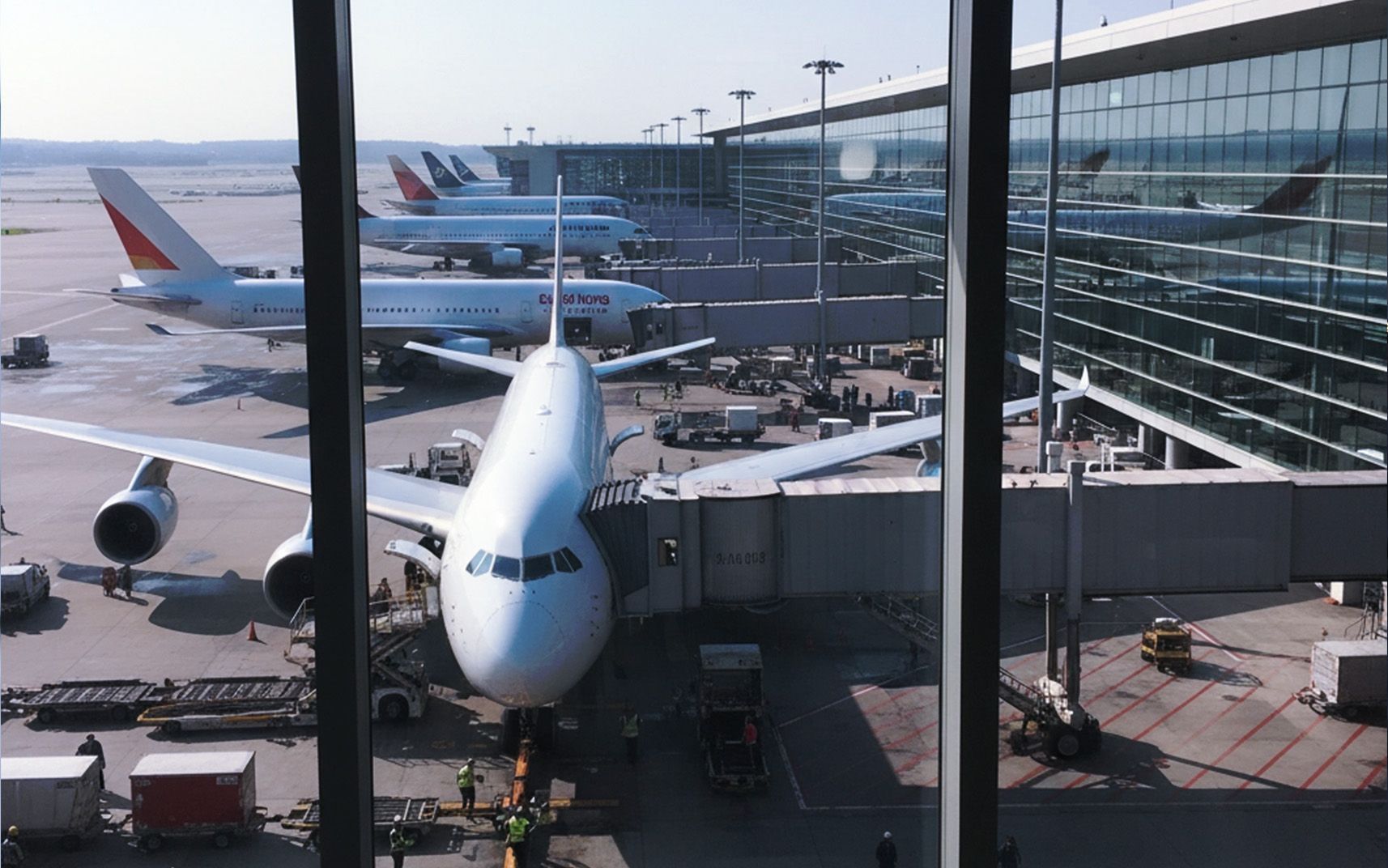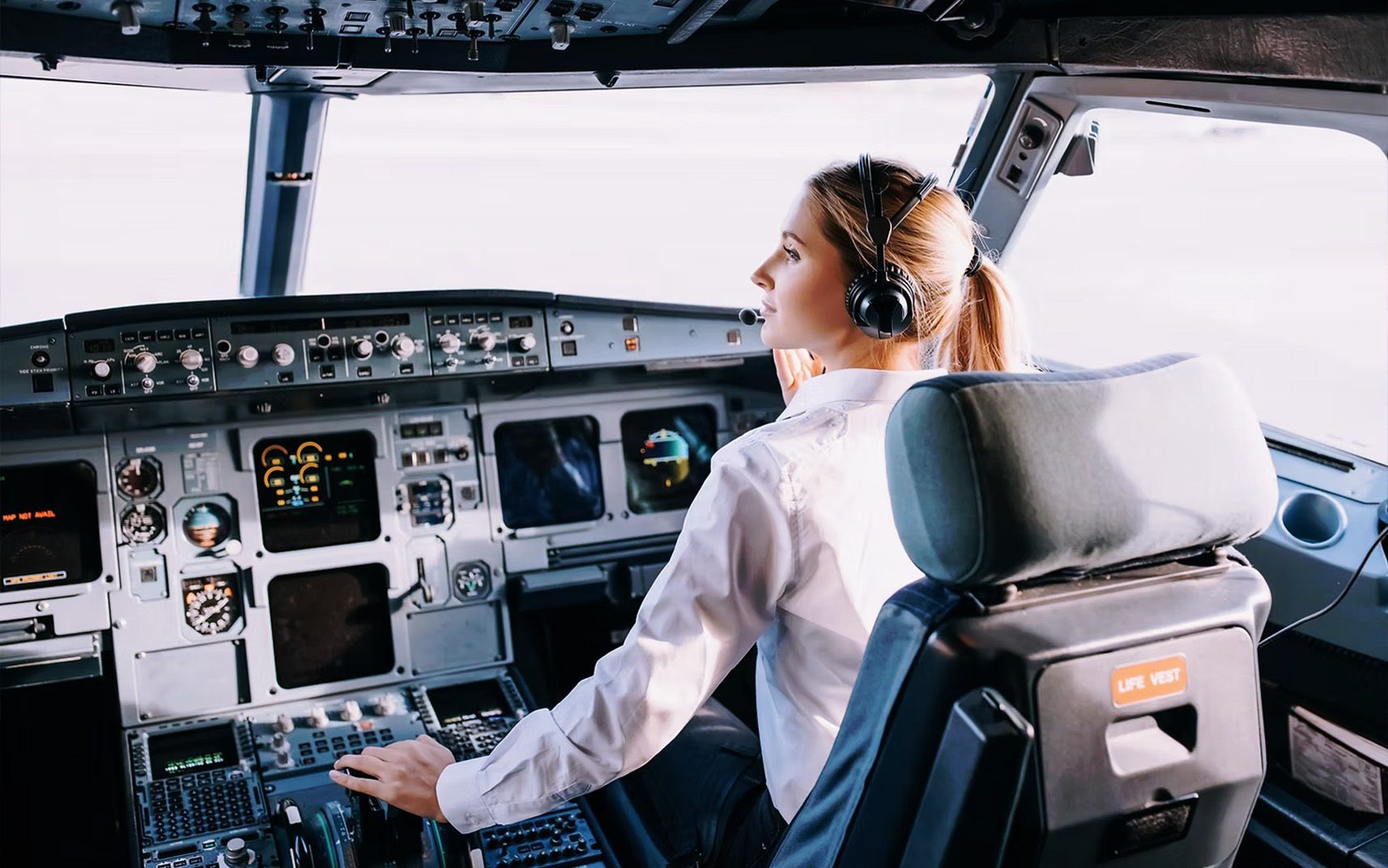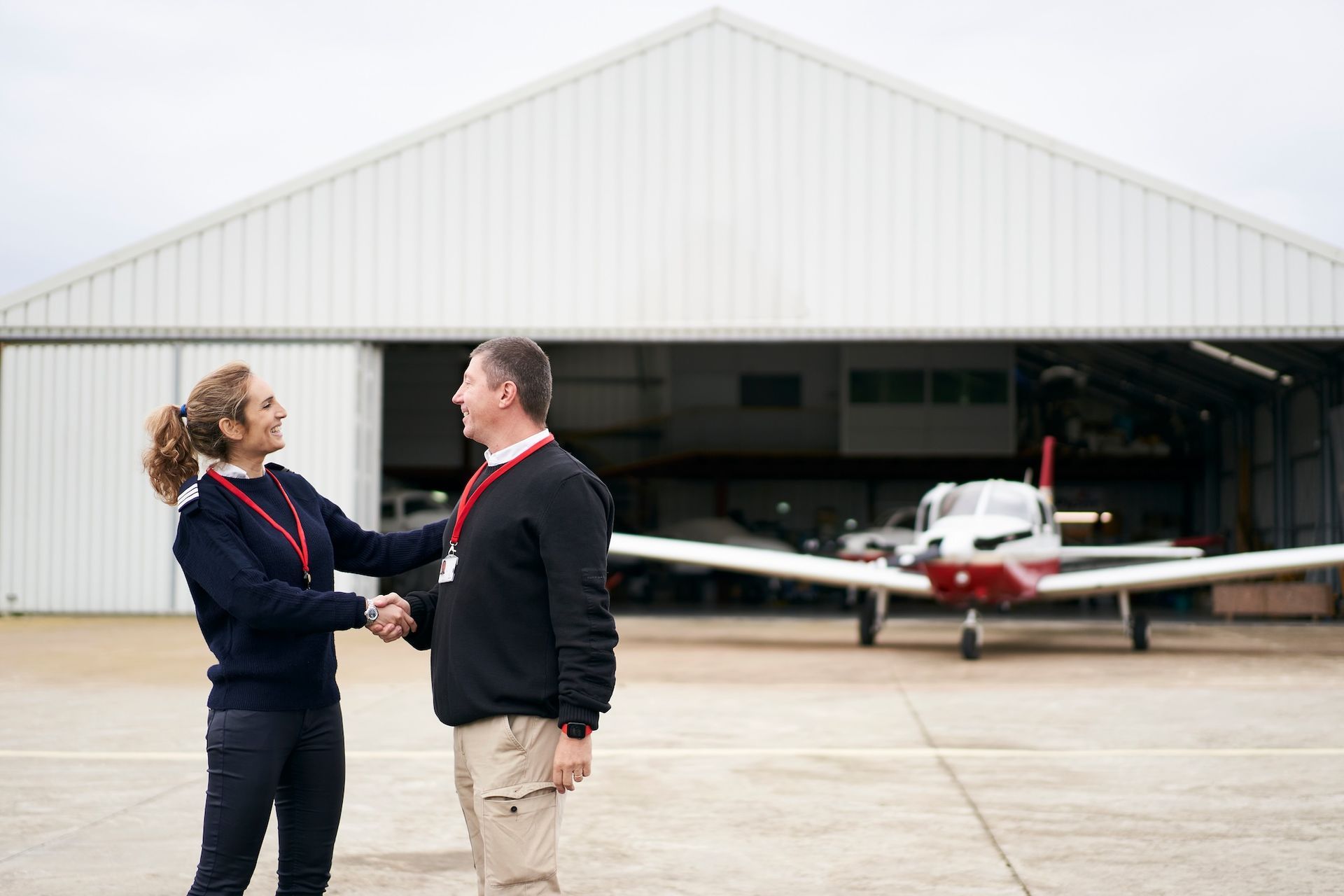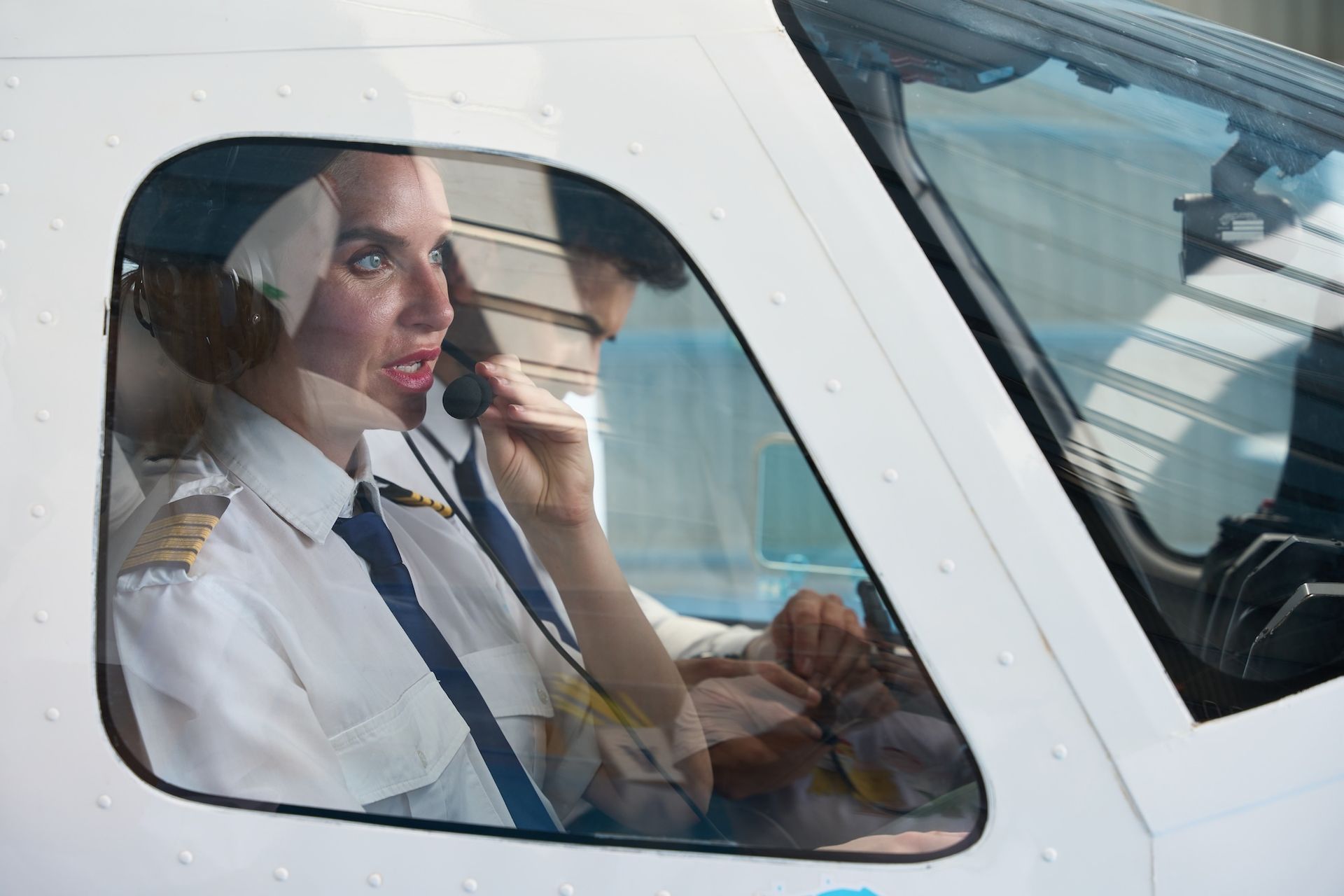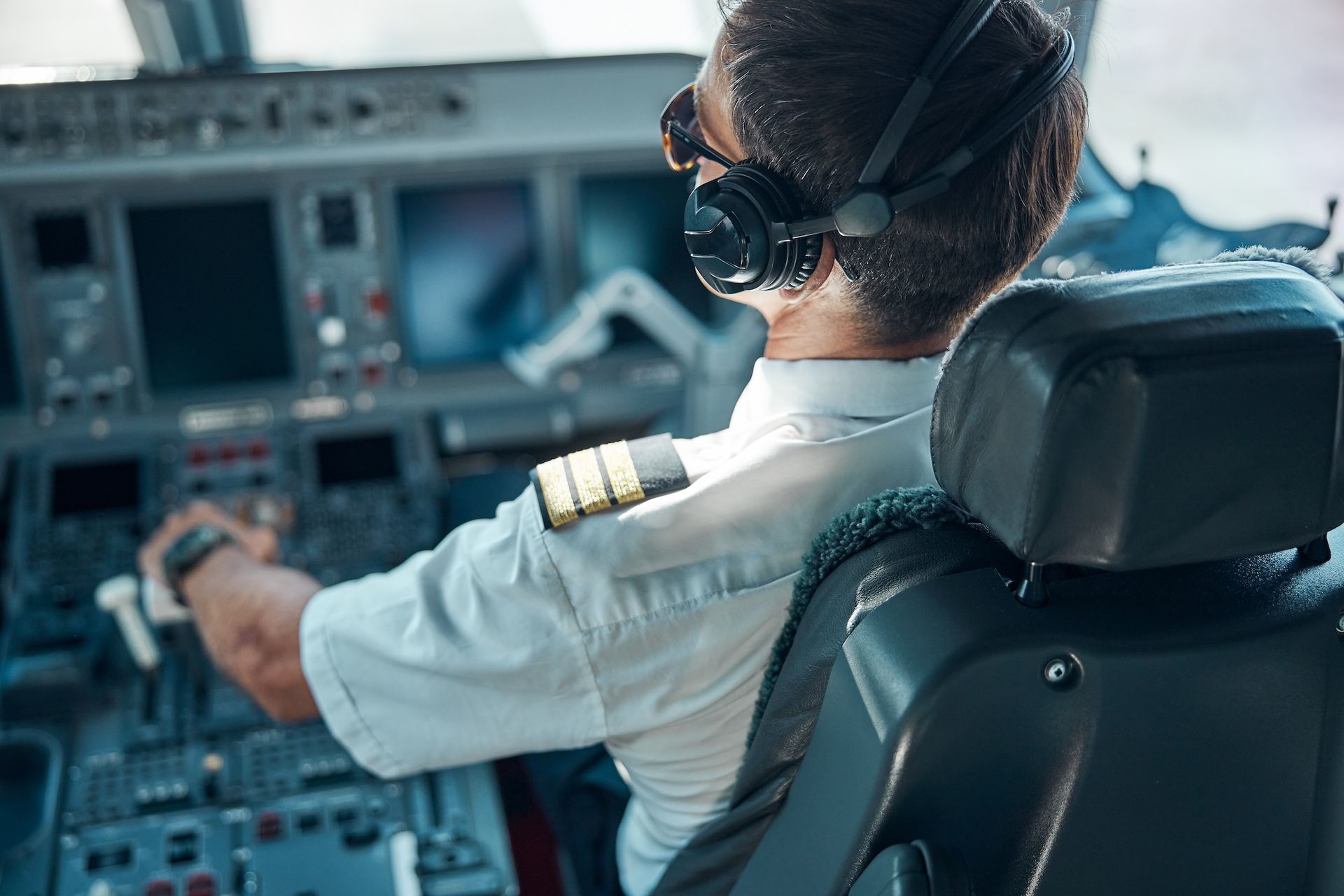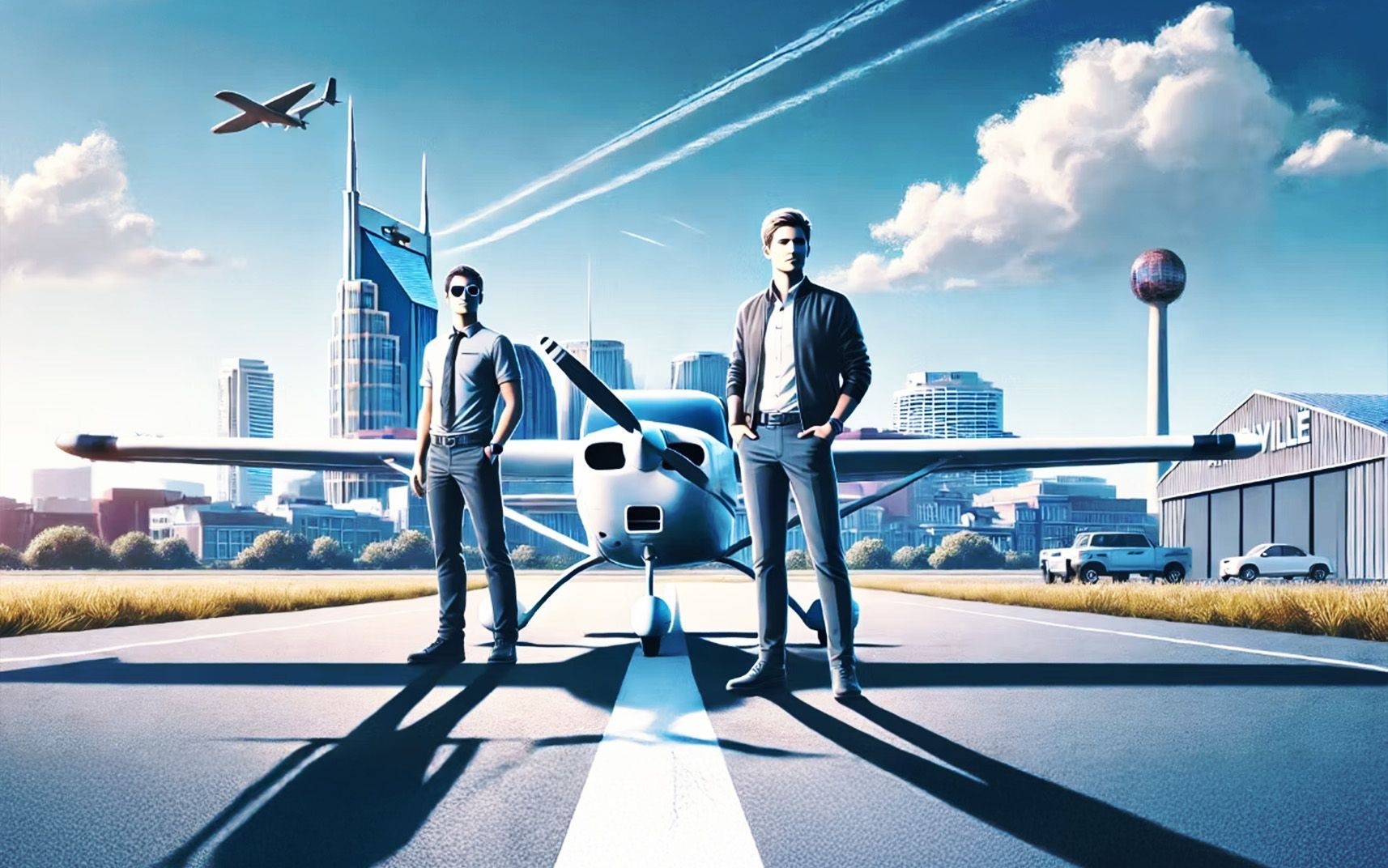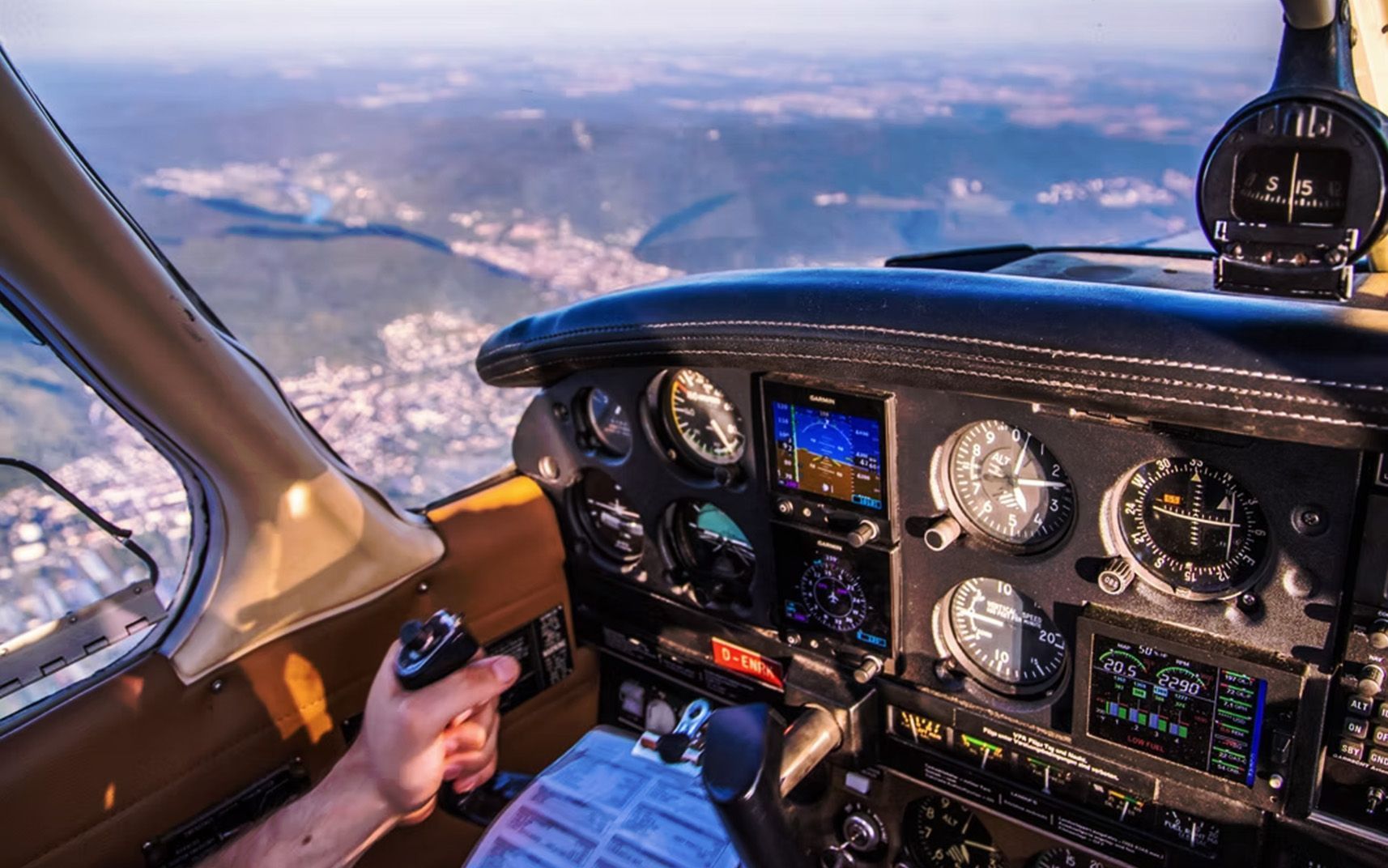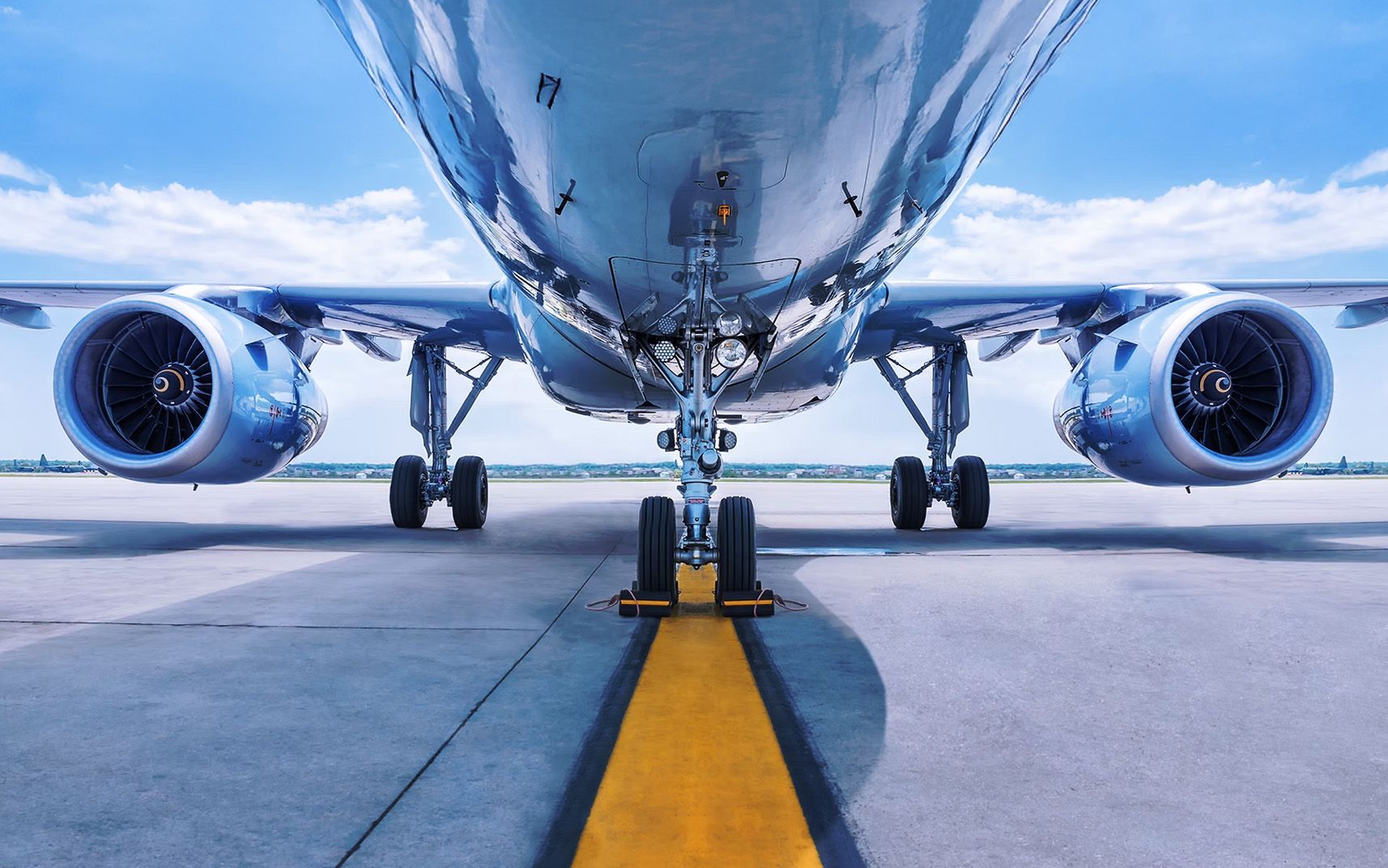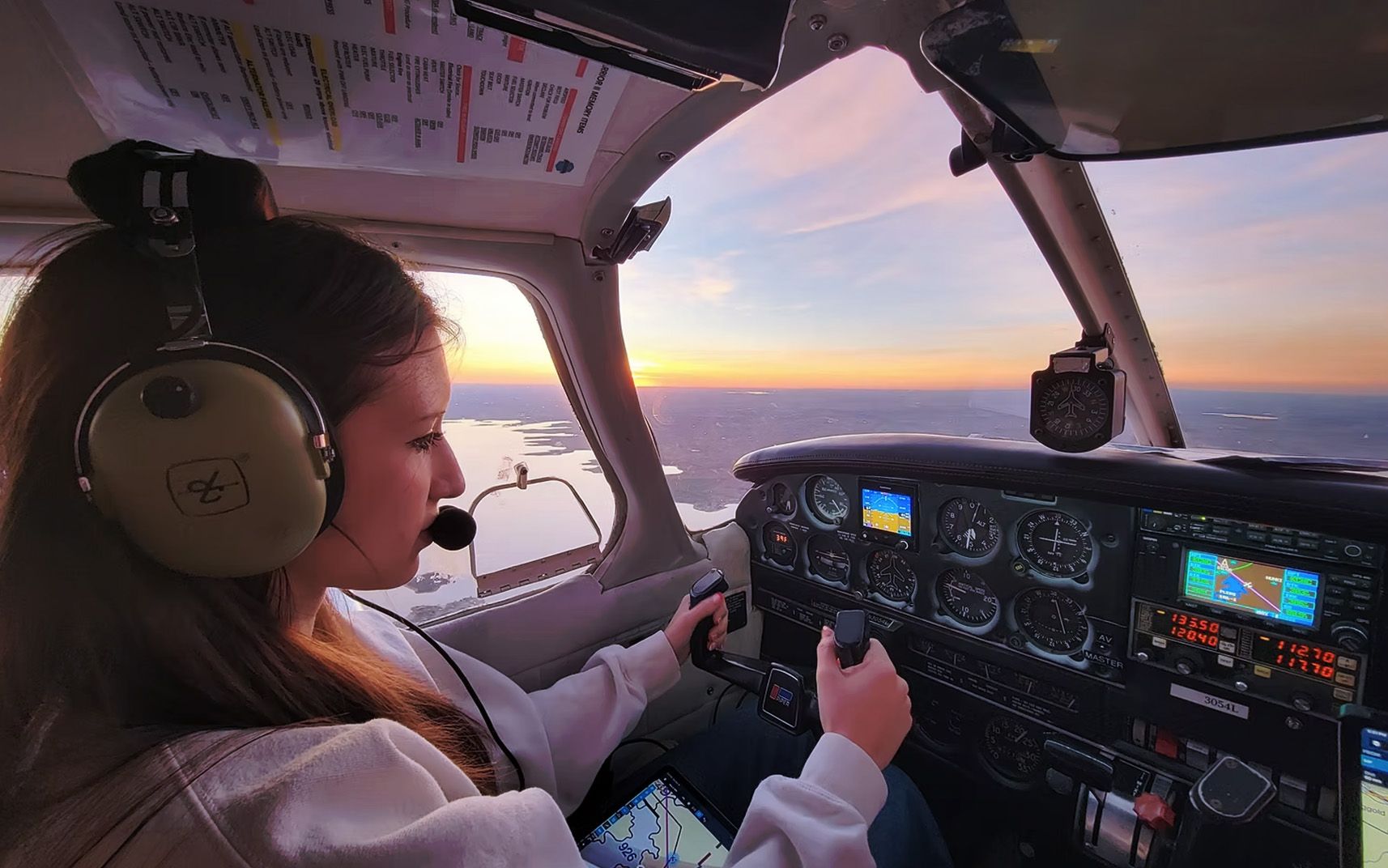Private vs. Commercial Pilot Training: What’s the Difference?
Share this article
If you dream of taking to the skies, you’ll need to decide which path to follow: private pilot training or commercial pilot training. While both options equip you with flight skills, they serve different purposes, have unique requirements, and offer distinct career opportunities. Let’s break down the key differences so you can determine which path aligns with your aviation goals.
Private Pilot Training: The Foundation of Flying
A Private Pilot License (PPL) is the first major step for aspiring aviators. It allows you to fly for personal enjoyment and even take passengers, but you cannot be compensated for your flight services. Here are the core aspects of private pilot training:
Requirements
- Minimum of 40 flight hours (FAA requirement; many pilots exceed this)
- At least 17 years old to qualify
- Hold a Third-Class Medical Certificate
- Pass the FAA written, oral, and practical flight exams
Training & Skills Gained
Private pilot training focuses on foundational skills such as:
- Basic flight maneuvers
- Navigation and cross-country flying
- Emergency procedures
- Weather interpretation
Costs & Time Commitment
- Cost: Typically between $10,000 - $20,000, depending on location and flight school
- Timeframe: Can be completed in 3-6 months with a consistent training schedule
Career Outlook
A private pilot license is not meant for commercial work, but it is often the first step toward a professional aviation career. Many pilots use their PPL to build flight hours before advancing to commercial training.
Commercial Pilot Training: Turning Passion into a Career
If you want to fly for a living, you’ll need a Commercial Pilot License (CPL). This certification allows you to be compensated for your piloting services, whether flying for airlines, cargo companies, charter operations, or corporate aviation.
Requirements
- Minimum of 250 flight hours (including time built during PPL training)
- At least 18 years old
- Hold a Second-Class Medical Certificate
- Pass the FAA written, oral, and practical flight exams
Training & Skills Gained
Commercial pilot training builds on PPL skills while introducing:
- Advanced flight maneuvers
- Precision landings and emergency procedures
- Multi-engine operations (optional but beneficial)
- Crew resource management
Costs & Time Commitment
- Cost: Typically between $30,000 - $70,000, depending on the flight school and whether you pursue additional ratings (like multi-engine or instrument ratings)
- Timeframe: Full-time students can complete commercial training in as little as 9 months to a year
Career Outlook
A commercial license opens the door to paid flying opportunities, including:
- Charter or corporate pilot
- Flight instructor (common for building hours toward airline careers)
- Cargo or aerial survey pilot
- Eventually, airline transport pilot (ATP) certification for airline careers
Differences Explained
The biggest distinction between private and commercial pilot training is the purpose. A private pilot license is for personal and recreational flying, while a commercial pilot license allows you to be paid for your services.
Another major difference is the training hours. Private pilots need a minimum of 40 flight hours, while commercial pilots must log at least 250 hours. The medical certification also varies, with private pilots requiring a Third-Class Medical Certificate, whereas commercial pilots need a Second-Class Medical Certificate to ensure they meet higher health and safety standards.
Cost-wise, private pilot training is more affordable, typically ranging between $10,000 - $20,000. In contrast, commercial pilot training is a larger financial investment, often costing $30,000 - $70,000, due to the higher number of required flight hours and additional training.
When it comes to career opportunities, a private pilot license is not intended for paid work. It’s ideal for those who want to fly for personal enjoyment or as a stepping stone toward professional aviation. A commercial pilot license, however, is necessary for those looking to fly professionally, whether as a flight instructor, charter pilot, or eventually for major airlines.
Which Path Is Right for You?
If you love flying and want to explore the skies for leisure, a private pilot license is perfect for you. However, if you see aviation as a career, you’ll need to take the next step and pursue commercial training.
At Nationwide Aviation, we make both paths accessible with expert instructors, streamlined training programs, and flexible scheduling. Whether you’re aiming for a weekend getaway pilot status or a lifelong career in aviation, we’re here to guide you from your first takeoff to achieving your wings.
Ready to get started? Schedule a discovery flight today and take the first step toward your aviation dreams!
Recent Posts
